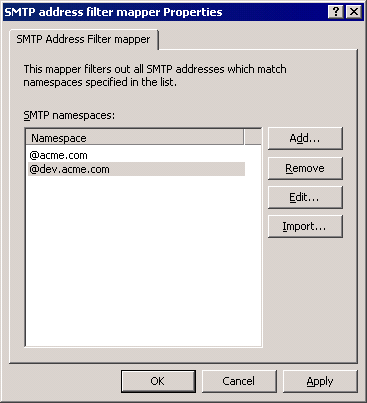Le portail Quest Software ne prend plus en charge Internet Explorer 8, 9 et 10. Il est recommandé de mettre à niveau votre navigateur vers la version la plus récente d’Internet Explorer ou de Chrome.
Mise à niveau vers Internet Explorer 11 Cliquez ici
Mise à niveau vers Chrome Cliquez ici
Si vous continuez à utiliser Internet Explorer 8, 9 ou 10, vous ne serez pas en mesure d’exploiter pleinement les excellentes fonctionnalités en libre-service que nous proposons.

